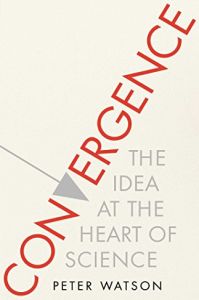Join getAbstract to access the summary!

Join getAbstract to access the summary!
Peter Watson
Convergence
The Idea at the Heart of Science
Simon & Schuster, 2017
What's inside?
This focused, intelligent and entertaining history of the sciences shows how they come together.
Recommendation
Historian Peter Watson offers a focused, intelligent and entertaining history of the sciences and a discussion of the nature of the physical universe. He reports on scientific and human history to argue that the sciences converge and addresss all aspects of human existence. Though this volume runs more than 500 pages, Watson races through some explanations, including those of dauntingly complex and arcane scientific concepts. Of necessity, he ranges near and far, touching upon relativity, myth, continental drift, evolution, the periodic table and myriad other topics. Watson is an impressive, articulate polymath. And when you finish this engaging tome, you will be one, too. getAbstract recommends Watson’s persuasive, impressive cosmic overview to everyone interested in science, history, progress or how disciplines intersect over time.
Summary
About the Author
Peter Watson is an intellectual historian who has written more than a dozen books, including Ideas: A History, The Age of Atheists and The Great Divide.
















Comment on this summary